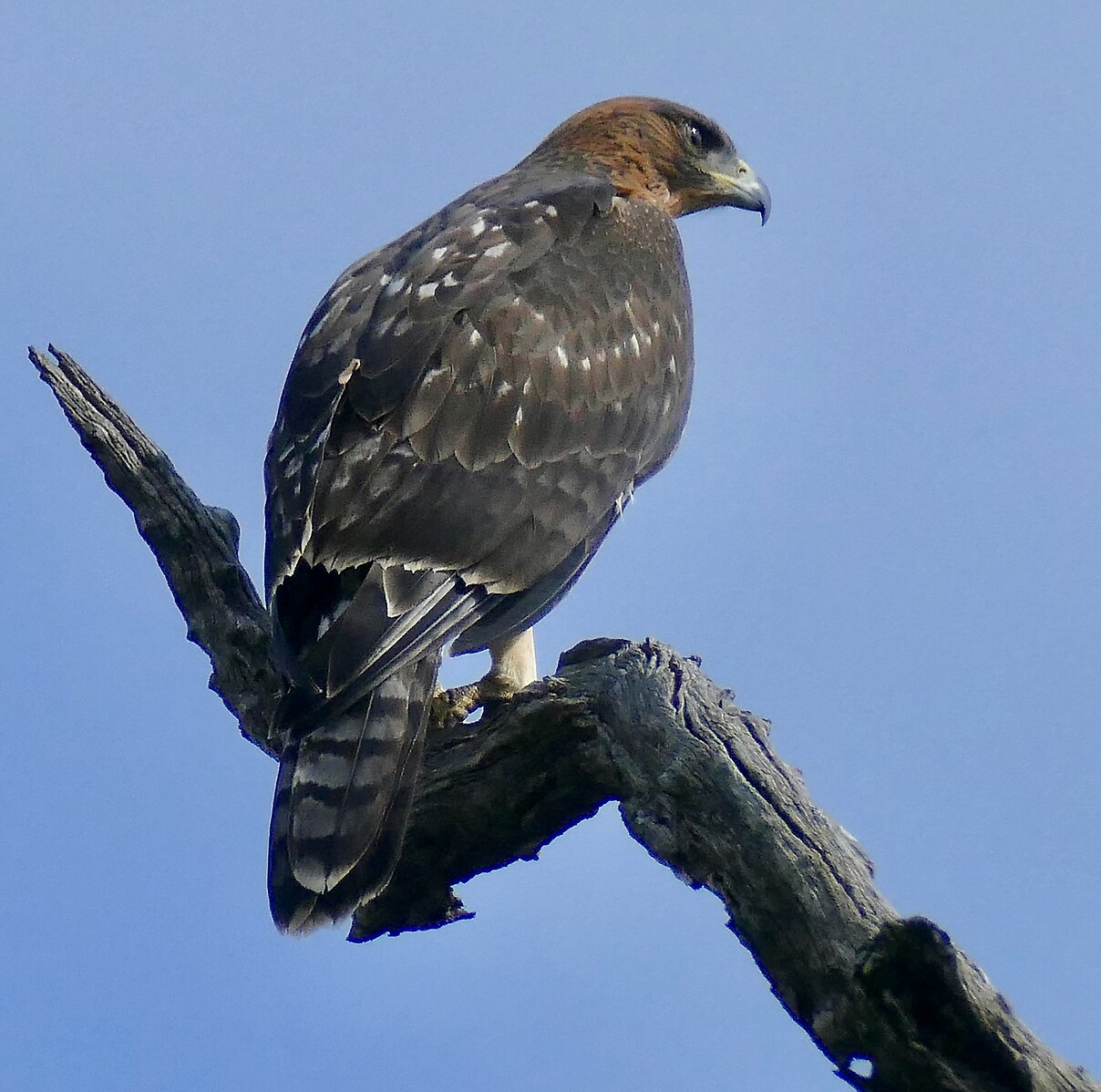The African Hawk-Eagle, scientifically known as Aquila spilogaster, is a large bird of prey that belongs to the Accipitridae family. This species is native to tropical Sub-Saharan Africa and is known for its distinctive call. One of the key features of the African Hawk-Eagle is its impressive wingspan, which can reach up to 5.6 feet (1.7 meters) in length.
The Wingspan of the African Hawk-Eagle
The African Hawk-Eagle has a wingspan that can range from 5.2 to 5.6 feet (1.6 to 1.7 meters) in length. This impressive wingspan allows the bird to soar effortlessly through the air, using the wind currents to conserve energy while hunting or patrolling its territory.
The wingspan of the African Hawk-Eagle is particularly important for its hunting and flight abilities. With such a large wingspan, the bird can easily maneuver through the air, making it a formidable predator. The wingspan also helps the bird to maintain balance and stability during flight, which is crucial for its hunting success.
Physical Characteristics of the African Hawk-Eagle
 Image source: African Hawk-Eagle by Bernard DUPONT
Image source: African Hawk-Eagle by Bernard DUPONT
In addition to its impressive wingspan, the African Hawk-Eagle has several other distinctive physical characteristics:
Size and Weight
The African Hawk-Eagle is a medium-sized bird of prey, with a length of 22-26 inches (56-66 cm) and a weight of 3.3-4 lb (1.5-1.8 kg) on average.
Plumage
The African Hawk-Eagle has a predominantly blackish upper body, with white spots or brown areas. The underparts are predominantly white with black edges, giving the bird a distinctive eagle-like appearance. Juveniles have lighter feathers that darken over time, with rufous (brownish-red) coloration on the underparts.
Eyes and Beak
One of the most distinctive features of the African Hawk-Eagle is its bright yellow eyes, which are matched with a permanent “frown” expression. The bird also has a sharp, hooked beak that it uses to catch and kill its prey.
Sexual Dimorphism
While it’s not easy to tell the difference between male and female African Hawk-Eagles based on appearance alone, some studies have suggested that females have heavier markings on their feathers and are generally larger than males.
Behavior and Hunting Techniques
The African Hawk-Eagle is known for its aggressive and unpredictable behavior, particularly when it comes to protecting its nest and young. These birds are highly territorial and will fiercely defend their territory from other African Hawk-Eagles that come too close.
In terms of hunting, the African Hawk-Eagle is a skilled predator that uses its sharp talons and hooked beak to catch and kill small to medium-sized mammals and birds, as well as reptiles and other prey. The bird’s keen sense of sight allows it to spot its prey from great heights, making it a formidable hunter.
Conservation Status and Threats
The African Hawk-Eagle is currently classified as a species of Least Concern by the International Union for Conservation of Nature (IUCN). However, the bird is facing serious threats, such as habitat loss due to deforestation and hunting by farmers who view them as a threat to their domestic animals.
To help conserve the African Hawk-Eagle and its habitat, organizations like The Peregrine Fund are working to study and protect these birds, as well as educate the public about the importance of conserving these birds and their habitats.
References:
- African Hawk-Eagle – Aquila spilogaster – Birds of the World. (n.d.). Retrieved from https://birdsoftheworld.org/bow/species/afrhae1/cur/introduction
- African Hawk-Eagle: The Ultimate Guide – Operation Migration. (n.d.). Retrieved from https://operationmigration.org/african-hawk-eagle-the-ultimate-guide/
- African hawk-eagle – Facts, Diet, Habitat & Pictures on Animalia.bio. (n.d.). Retrieved from https://animalia.bio/african-hawk-eagle/1000
- African Hawk Eagle – Oiseaux-Birds. (n.d.). Retrieved from https://www.oiseaux-birds.com/card-african-hawk-eagle.html
- African Hawk-eagle | The Peregrine Fund. (n.d.). Retrieved from https://peregrinefund.org/explore-raptors-species/eagles/african-hawk-eagle

